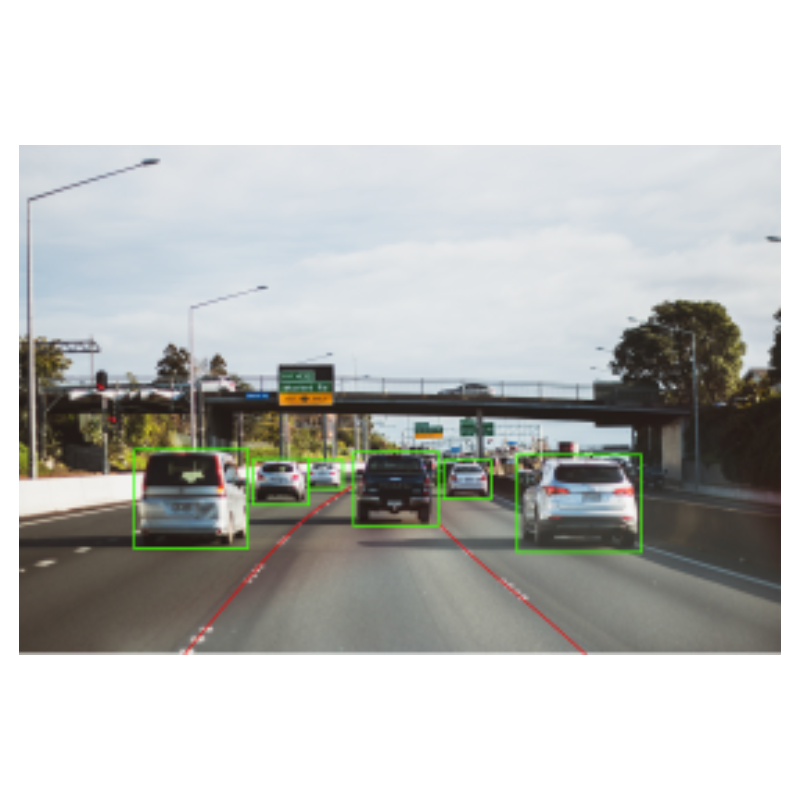锤子
盒子内的冲击:俯冲地震周期的模拟模型应用于地震构造的弧前演化
- 类别:分析方法/应用文章
- 上传人:欧兰科技
- 上传时间:2012/2/3 13:44:01
- 文件大小:1617K
- 下载次数:2
-
消耗积分 : 免积分
简介:
We introduce and test an experimental approach to simulate elastoplastic megathrust earthquake cycles using an analogue model and apply it to study the seismotectonic evolution of subduction zones. The quasi-two-dimensional analogue model features rate- and state-dependent elastic-frictional plastic and viscoelastic material properties and is scaled for gravity, inertia, elasticity, friction, and viscosity. The experiments are monitored with a high-resolution strain analysis tool based on digital image correlation (particle imaging velocimetry, PIV), providing deformation time series comparable to seismologic, geodetic, and geologic observations. In order to separate elastic and nonelastic effects inherent the experimental deformation patterns, we integrate elastic dislocation modeling (EDM) into a hybrid approach: we use the analogue earthquake slip and interseismic locking distribution as EDM dislocation input and forward model the coseismic and interseismic elastic response. The residual, which remains when the EDM prediction is subtracted from the experimental deformation pattern, highlights the accumulation of permanent deformation in the model. The setup generates analogue earthquake sequences with realistic source mechanisms and elastic forearc response and recurrence patterns and reproduces principal earthquake scaling relations. By applying the model to an accretionary-type plate margin, we demonstrate how strain localization at the rupture peripheries may lead to a seismotectonically segmented forearc, including a tectonically stable shelf and coastal high (<20% plate convergence accommodated by internal shortening) overlying the area of large megathrust earthquake slip. Fifty to 75% of plate convergence is accommodated by internal shortening in the slope region where earthquake slip tapers out toward the trench. The inner forearc region remains undeformed and represents a basin.
打开失败或需在电脑查看,请在电脑上的资料中心栏目,点击"我的下载"。建议使用手机自带浏览器。
相关产品更多>>
下载该资料的还下载了
推荐学习更多>>
- 注意:
- 1、下载文件需消耗流量,最好在wifi的环境中下载,如果使用3G、4G下载,请注意文件大小。
- 2、下载的文件一般是pdf、word文件,下载后如不能直接浏览,可到应用商店中下载相应的阅读器APP。
- 3、下载的文件如需解压缩,如果手机没有安装解压缩软件,可到应用商店中下载相应的解压缩APP。



































